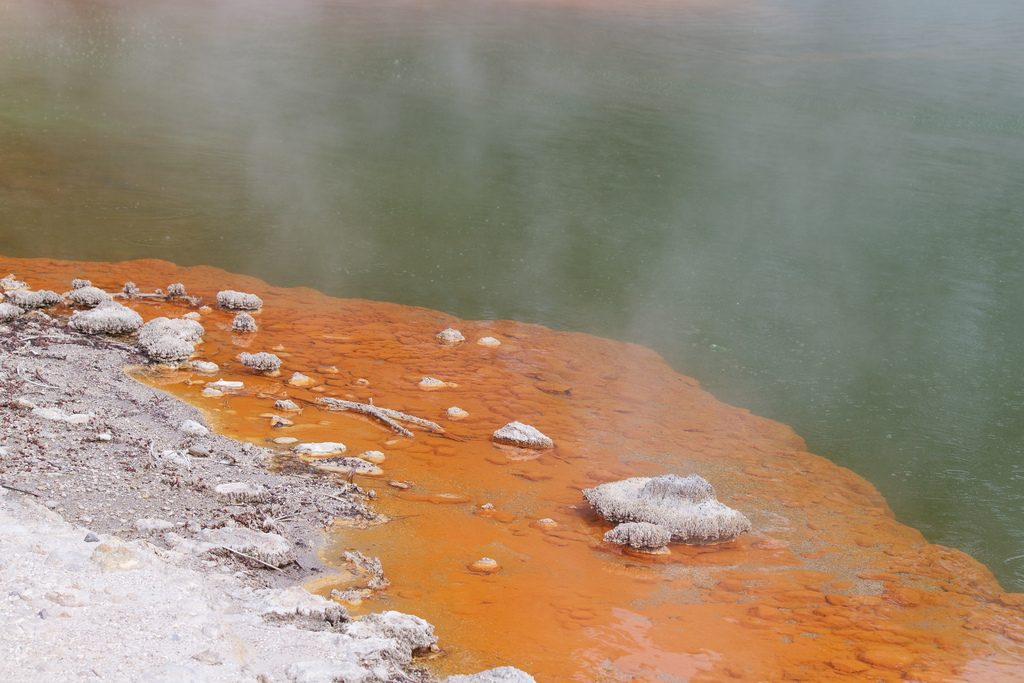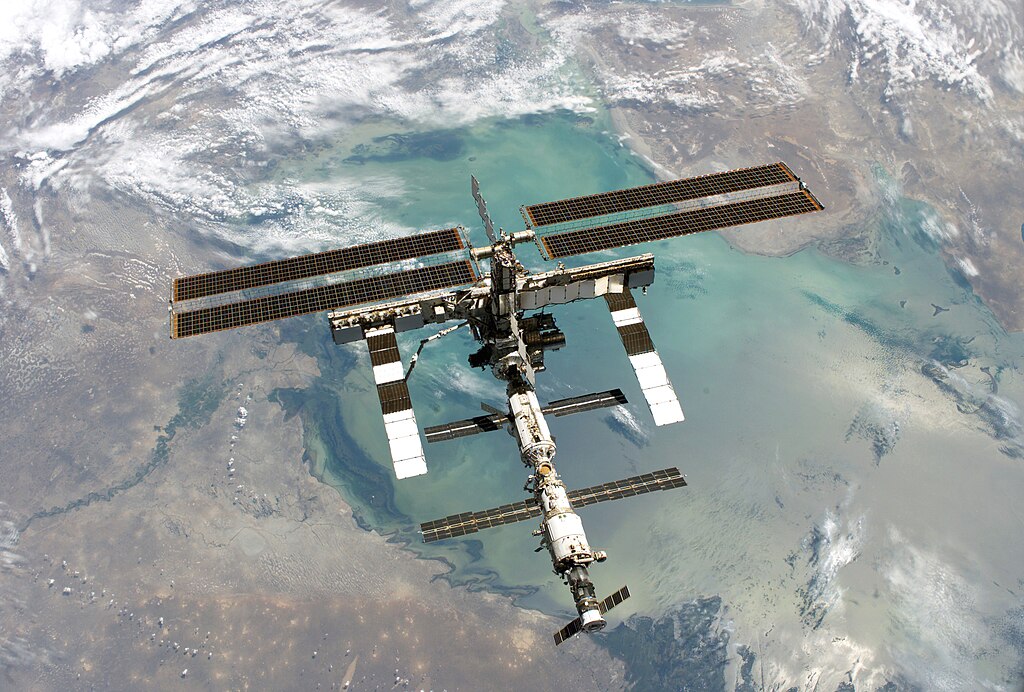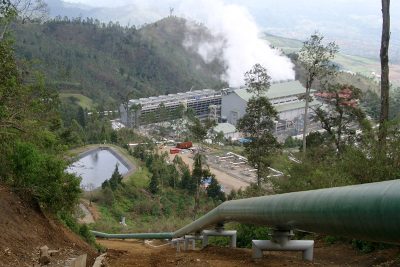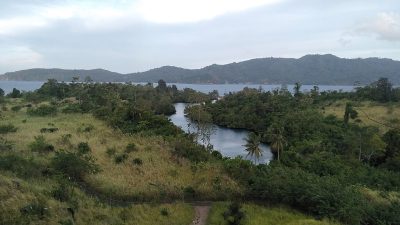New Zealand university collaborates with NASA on geothermal monitoring research
The Massey University of New Zealand is leading research work with NASA to monitor geothermal systems using sensors and satellites orbiting around the Earth.
A research team from the Te Kunenga ki Purehuroa Massey University in New Zealand is collaborating with NASA’s Jet Propulsion Laboratory (JPL) and NASA Ames Research Center in California, USA for a project that aims to develop next-generation geothermal monitoring and environmental analytics to monitor geothermal systems from space.
The “Monitoring vegetation-geothermal interactions from space and airborne platforms” project will receive just over NZD 1 million from a new funding round by the New Zealand Ministry of Science, Innovation, and Technology. Massey University will be leading the project alongside partners Victoria University of Wellington and IIT Bombay, India. It is being led by Associate Professor Gabor Kereszturi from the School of Agriculture and Environment, who is also involved in Volcanic Risk Solutions, the university’s leading volcano research centre.
The project focuses on combining thermal (e.g. surface temperature), hyperspectral imaging (the analysis of light reflected from the Earth’s surface), and radar remote sensing (scattering of microwave signals from the Earth’s surface) to assess vegetation around geothermal areas, such as those around Taupo, Rotorua, and Bay of Plenty in the North Island of New Zealand. Plants near geothermal fields are highly sensitive to geothermal activity, particularly heat and toxic metals, which can be observed via equipment orbiting Earth.

“We live in a rapidly changing world where remote sensing techniques offer accessible and innovative solutions for monitoring our environment and making more informed decisions. In this exciting collaboration with NASA-JPL, our project ambitiously aims to roll out a new non-invasive, space-based tool to map geothermal systems across New Zealand and assess their “health” through plant activity. Better integration of different satellite data can unlock the potential to monitor not only geothermal fields, but also volcanic systems and environmental pollution,” said Dr Kereszturi.
Sensors in outer space to monitor geothermal systems
The project will utilise sensors and satellites already orbiting Earth. ECOSTRESS and EMIT sensors are on board of the International Space Station, while Sentinel-1 is one of the flagship satellites of the European Space Agency. All of these provide frequent measurements from space and are available for researchers to access.
The project will develop the computing and processing capabilities needed to analyse data for geothermal exploration and monitoring. New Zealand is the first country to apply this method for geothermal monitoring, and if proven, the technique could ultimately be used to monitor geothermal systems around the world, complementing existing geophysical and geochemical methods.
This innovative way of assessing geothermal system health opens the door for wider applications, such as evaluating a region’s potential for heat or power generation, detecting contaminants, and monitoring primary agriculture or flooding impacts.
A key benefit of this work is its integration of earth observation technologies with Indigenous scientific frameworks, ensuring geothermal monitoring is both technologically advanced and adds further value to the NASA Surface Biology and Geology mission, while also being deeply rooted in Matauranga Maori. This collaboration will enhance the NASA Surface Biology and Geology mission while supporting Maori in their environmental stewardship.
“Our expertise in volcanic and earth science is unmatched in New Zealand. It is one of Massey’s key research strengths and this project is future focussed and shows the application of great science and several possibilities for future applications,” commented College of Sciences Pro Vice-Chancellor Professor Ray Geor.
“The fact that we are the first in the world to do this research, and collaborate with NASA to do so, is a great achievement for not only the remote sensing scientific field but the areas that we traditionally research such as agriculture and the primary industries. We will be able to apply it to our own geothermal areas and this is a testament to the quality of the research we do at Massey.”
Source: Massey University of New Zealand



















